Unearthed skeletons reveal prehistoric Mafia-style torture-killings
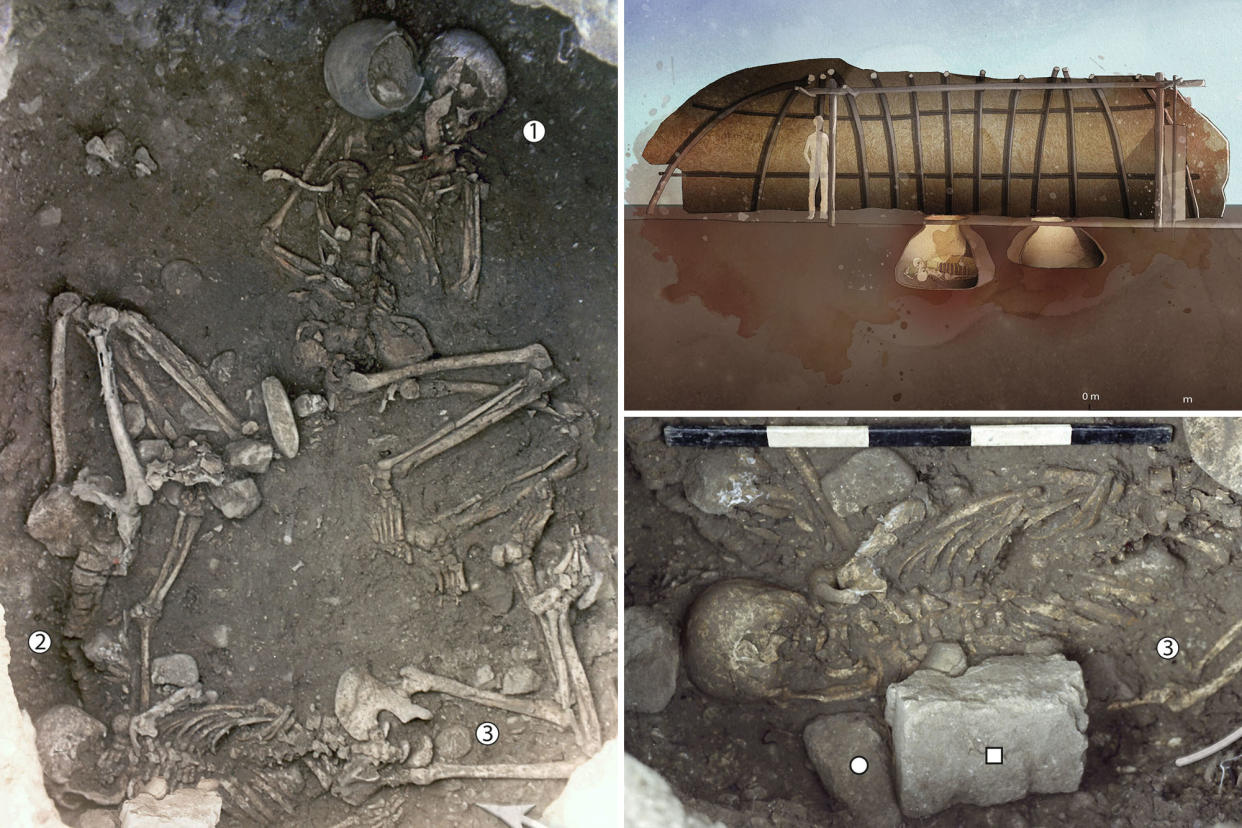
The bodies of two women buried more than 5,500 years ago are suspected to be victims of human sacrifice, researchers suggest.
An investigation of the remains, which are believed to be from women who were bound together and buried alive, yielded evidence of a form of torture associated nowadays with the Italian mafia according to CNN. Known as “incaprettamento,” a person’s ankles and throat are tied, resulting in strangulation.
Three skeletons — which researchers are 95% certain are female — were unearthed from an archeological site in 1985 in the southwest town of Saint-Paul-Trois-Châteaux, France, and researchers now suspect they could have been part of a ritualistic killing in conjunction with the solstice due to the location of the burial pit, which study authors say resembled a silo.

The tomb, mused the study authors who were published in Science Advances this month, could have served as a gathering place to celebrate seasons changing, meaning sacrificial rituals could have been performed.
“There is always this idea that somebody is dying and that the crops will grow,” lead author Éric Crubézy, a biological anthropologist at Paul Sabatier University, told CNN.
While the cause of death for the third woman — buried in the same grave but distinctly separate from the other two — is unclear, Crubézy said that the researchers “can say that they put the three women in the grave at the same time.”
It is near impossible, the authors write, to prove where or when the women died — before or after being placed in the grave — or exactly how, although archeological evidence suggests that they perished in the pit.
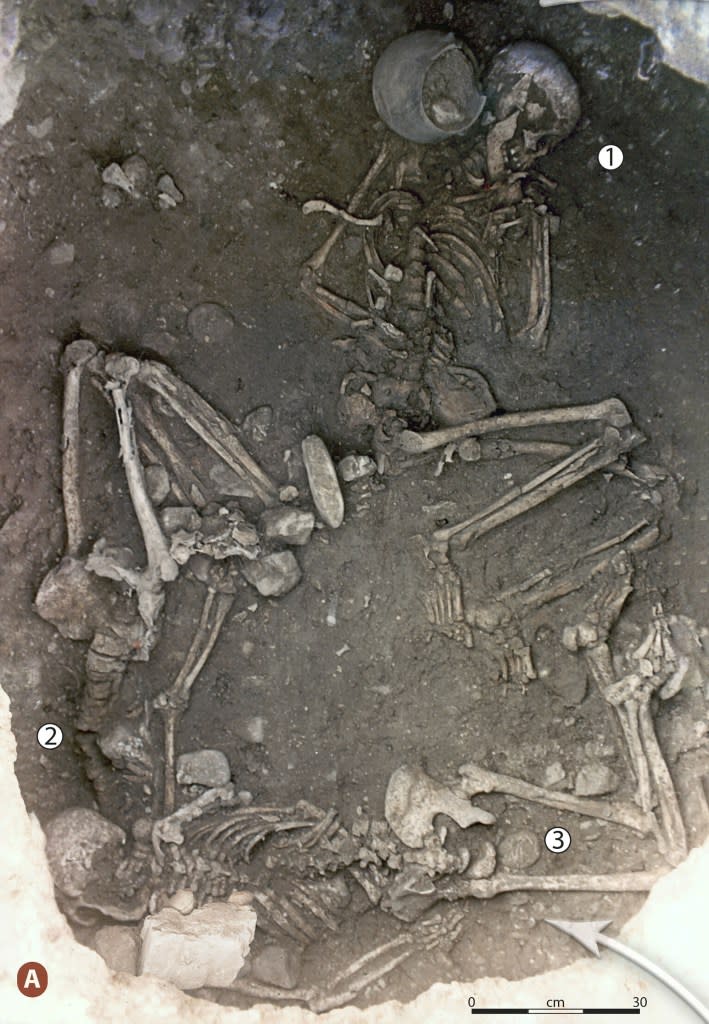
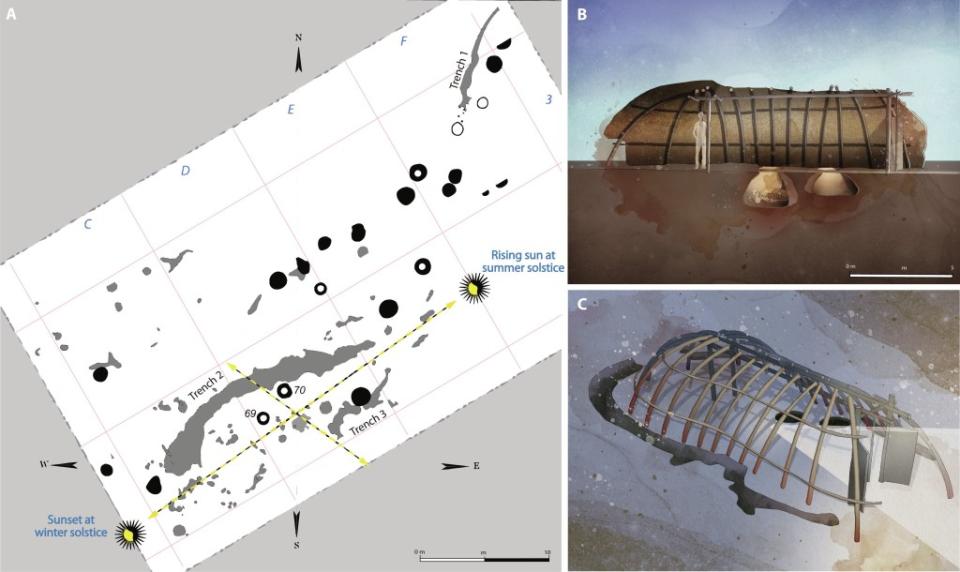
“If their placement in the grave occurred postmortem and the sole objective was concealment, then a simple act of pushing them under the overhang would have sufficed,” they wrote. “However, the specific arrangement — stacked atop each other and entwined with fragments of grindstones — implies a more forceful and deliberate placement, strongly suggesting that their demise likely occurred within the burial context.”
If that is the case, the researchers hypothesize that the woman laying on her stomach likely died due to cardiac arrest, while the woman on her back likely perished as a result of asphyxiation due to the weight of the other person on top of her.
But the only thing they can prove for sure, they wrote, is “the cruelty of the torment,” which was identified across Europe in multiple potential instances of the same nature during the Neolithic period.
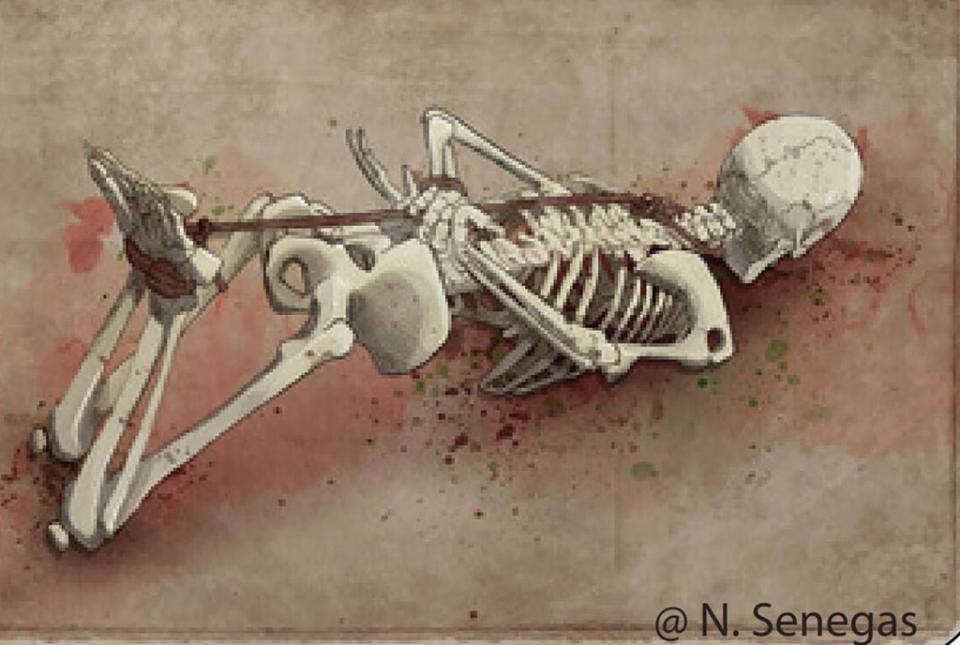
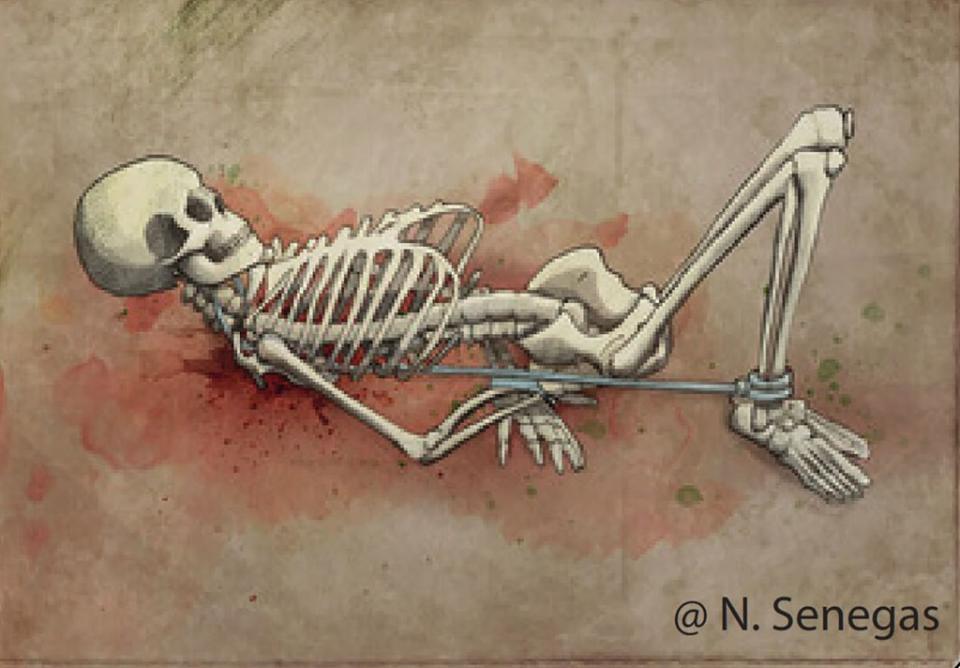
After reviewing findings from other archaeological sites across the region, the researchers found evidence of at least 20 instances of “homicidal ligature strangulation or positional asphyxia induced by ligature strangulation,” with 12 individuals discovered in silos or pits that looked akin to silos.
“In different parts of Europe, it was the same type of sacrifice,” Crubézy told CNN. “And this sacrifice is very particular because it’s a cruel one … and you have no blood and no people who killed another, the people killed themselves.”

